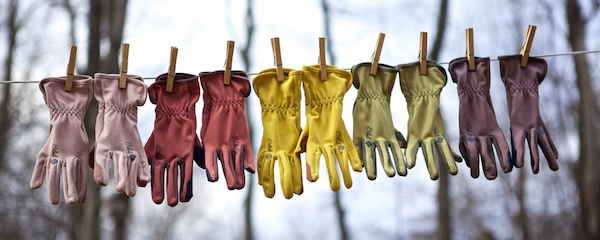
photo by Susy Morris
by Victoria Leslie
‘With and Without Buttons’ by Mary Butts is a haunting and skilfully structured story that, like its subject matter, proves that the smallest things can often produce big results. It is about gloves, and what you find when you go looking for trouble.
The story begins with two unnamed sisters playing a prank on their neighbour. The more passive of the two women is the narrator, but she often speaks on behalf of them both, presenting them as a pair and blurring the line between their identities. The use of duality is further reinforced when the reader learns that they live in what was once one large house that has been divided in two. Their neighbour, Trenchard, becomes the victim of the women’s mischief, as they decide to test his faith by giving him ‘a nightmare’, suggesting there is ‘something wrong’ with the house.
Like all good horror writers, the sisters realise that it is all down to their ‘choice of stimulants’ which they intend to plant around his home. They consider dead bees, feathers, wet leaves, before settling upon old kid gloves, as ‘they’re the sort of things a man never has in his house’. Conveniently, there is already a shoebox in the loft full of them. They decide to add an old village tale about ‘a dirty old woman’ who was ‘nice about her hands’, and then they are ready to begin their haunting.
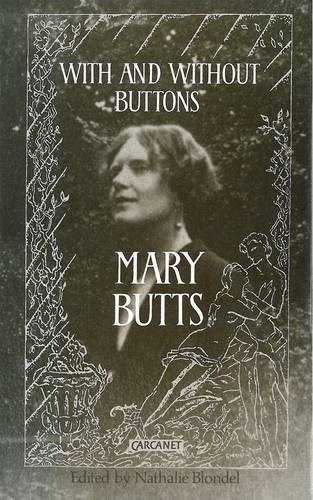 Except that the haunting begins without them lifting a finger. Trenchard finds a brown kid glove on the loft stairs that the sisters didn’t put there. They do plant a few gloves throughout the course of the story, feeling that having started something they had better carry it on, but far more gloves appear of their own accord, even turning up in their part of the house. The sisters also learn that there was, indeed, an old maid, Miss Blacken, who lived there before the house was divided. Realising that they have awoken the ‘ghost of a village eccentric, who was careful about her hands’, the sisters can only watch as events become even stranger, culminating on the evening of Trenchard’s dinner party.
Except that the haunting begins without them lifting a finger. Trenchard finds a brown kid glove on the loft stairs that the sisters didn’t put there. They do plant a few gloves throughout the course of the story, feeling that having started something they had better carry it on, but far more gloves appear of their own accord, even turning up in their part of the house. The sisters also learn that there was, indeed, an old maid, Miss Blacken, who lived there before the house was divided. Realising that they have awoken the ‘ghost of a village eccentric, who was careful about her hands’, the sisters can only watch as events become even stranger, culminating on the evening of Trenchard’s dinner party.
Dressing for dinner, Trenchard discovers his shirts covered in greasy handprints and the house suffused with the smell of ‘bad skins’. The newly laid supper table is also sabotaged; the bowls filled with buttons instead of sweets and almonds, and a sickly yellow glove sits on top of a pyramid of strawberries, ‘like a cluster of slugs’.
Part of the reason the sisters begin their mischief in the first place is because they crave power over Trenchard. The sister who is narrating the story describes it as, ‘the power women sometimes want to have over men’. The allusions to female power, especially considering the nature of the haunting – women’s gloves and, later, a petticoat – are very significant. The night the sisters conceive their plan, they refer to nature as ‘a female power sleeping’. Trenchard doesn’t stand a chance against two earthly women and a supernatural one – though more details about the supposed spectre Miss Blacken reveal that she may have not been a woman at all.
We learn from village gossip that ‘her brother was not what you might call ordinary’ and that Miss Blacken, ‘who had never seemed naturally to be living or dying’, only came out at night. Could it be that Butts is pushing the theme of duality even further to suggest that Miss Blacken is actually the alto ego of her brother? If so, the idea of cross-dressing would fit very neatly into the story, especially as the sisters find Trenchard later that night collapsed in the loft, nearly suffocated by a petticoat wrapped around his head. Trenchard – a name that draws on the idea of trenches and defensive measures in warfare – is unable to fend off this feminine assault.
With the man of the story powerless, it is left to the sisters to undo what they started and they set about their task with a strange inherent knowledge; they burn all the gloves, knowing that they can’t let the smoke escape up the chimney because the evil spirit ‘will come back all over again’. It isn’t the first time the sisters appear 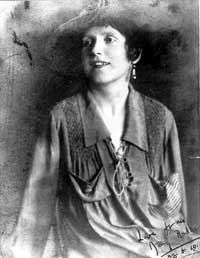 as practitioners of the occult. When they first hatch their plan, sat among candlelight, like some kind of spell they repeat: ‘Some have all the buttons and some have none and some have some.’ Trenchard even asks the girls, ‘What witches’ trick is this?’ when he discovers the ruined dinner. Though he may doubt their direct involvement, he asks because it is women who are responsible for witchcraft.
as practitioners of the occult. When they first hatch their plan, sat among candlelight, like some kind of spell they repeat: ‘Some have all the buttons and some have none and some have some.’ Trenchard even asks the girls, ‘What witches’ trick is this?’ when he discovers the ruined dinner. Though he may doubt their direct involvement, he asks because it is women who are responsible for witchcraft.
The idea of a feminine evil runs very deeply in this text. The aggressive feminisation of the house and its occupants through female attire is a scary concept, particularly as the gloves and petticoat represent an old fashioned mode of dress, and arguably, by extension, outdated values. Though the sisters inadvertently invoke the past, they are very much modern women, living alone, at ease visiting their male neighbour at any time of the day or night. They even have more liberal ideas about sex: ‘We could have made him make love, to either or both of us, any day of the week’. Kid gloves are the kind of thing worn by an older generation and they are as loathe to dress the part as Trenchard.
When the sisters set about rectifying the situation they approach the exorcism with ‘the female instinct to keep the minutiae of things steady and in sequence’ and Butts approaches the narrative structure in a similar way.
As a horror writer myself, I can take inspiration from Butts’ story. It is a great example of how to use incremental horror – the uncanny, in small doses, over a period of time, can have a considerable effect on a reader. As with the old adage the devil’s in the detail, Butts demonstrates that it is often the small things that can conjure the worst terrors. Perhaps this is particularly true of the short story form itself, which lends itself exceedingly well to horror fiction. Though Butts moved within a circle of modernist writers and thinkers, which included the likes of Ezra Pound and Ford Madox Ford, her work is largely overlooked. But, if you take pleasure in the strange and unsettling, I encourage you to seek her out and see what a dab hand she really is.
~
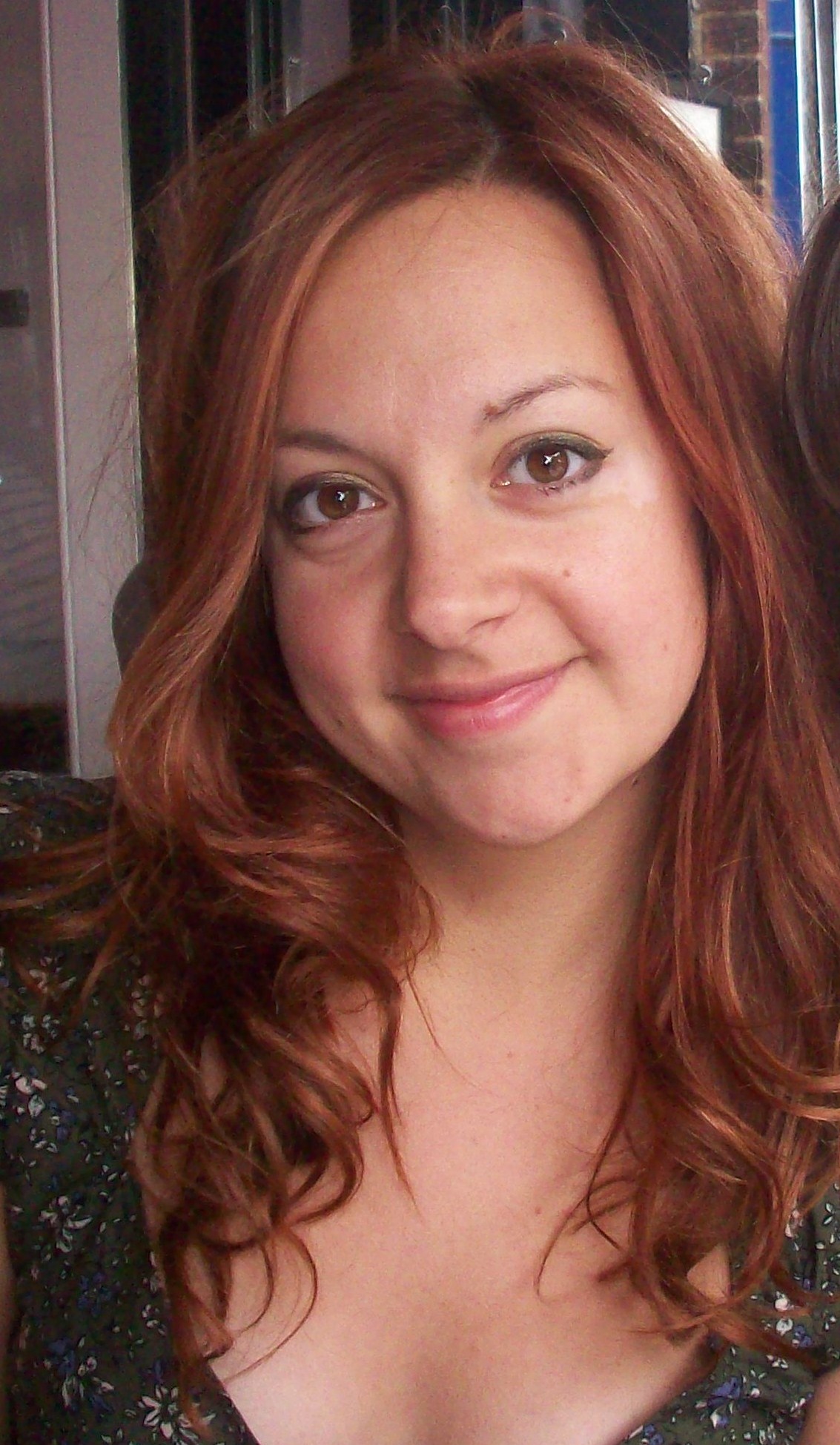 Victoria Leslie writes both non-fiction and fiction and her short stories have appeared in a range of publications, including Black Static, Interzone, Strange Tales IV and Shadows and Tall Trees. She is due to appear in Best British Horror and Best British Fantasy from Salt Publishing later this year. She was recently awarded a Hawthornden Fellowship and the Lightship First Chapter Prize. For more details on her work please visit www.vhleslie.wordpress.com
Victoria Leslie writes both non-fiction and fiction and her short stories have appeared in a range of publications, including Black Static, Interzone, Strange Tales IV and Shadows and Tall Trees. She is due to appear in Best British Horror and Best British Fantasy from Salt Publishing later this year. She was recently awarded a Hawthornden Fellowship and the Lightship First Chapter Prize. For more details on her work please visit www.vhleslie.wordpress.com
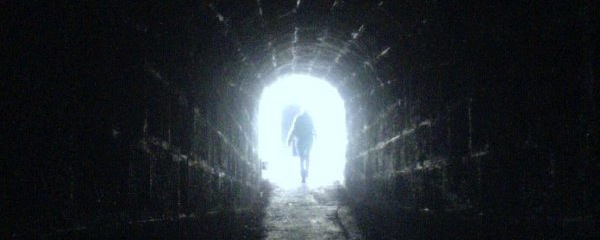
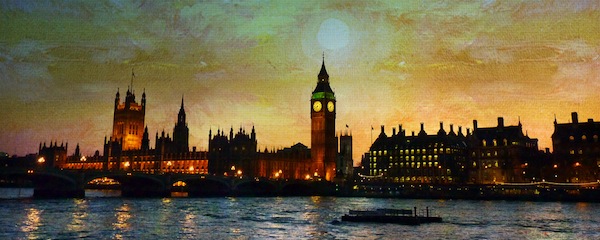
One thought on “Looking for Trouble”
Comments are closed.